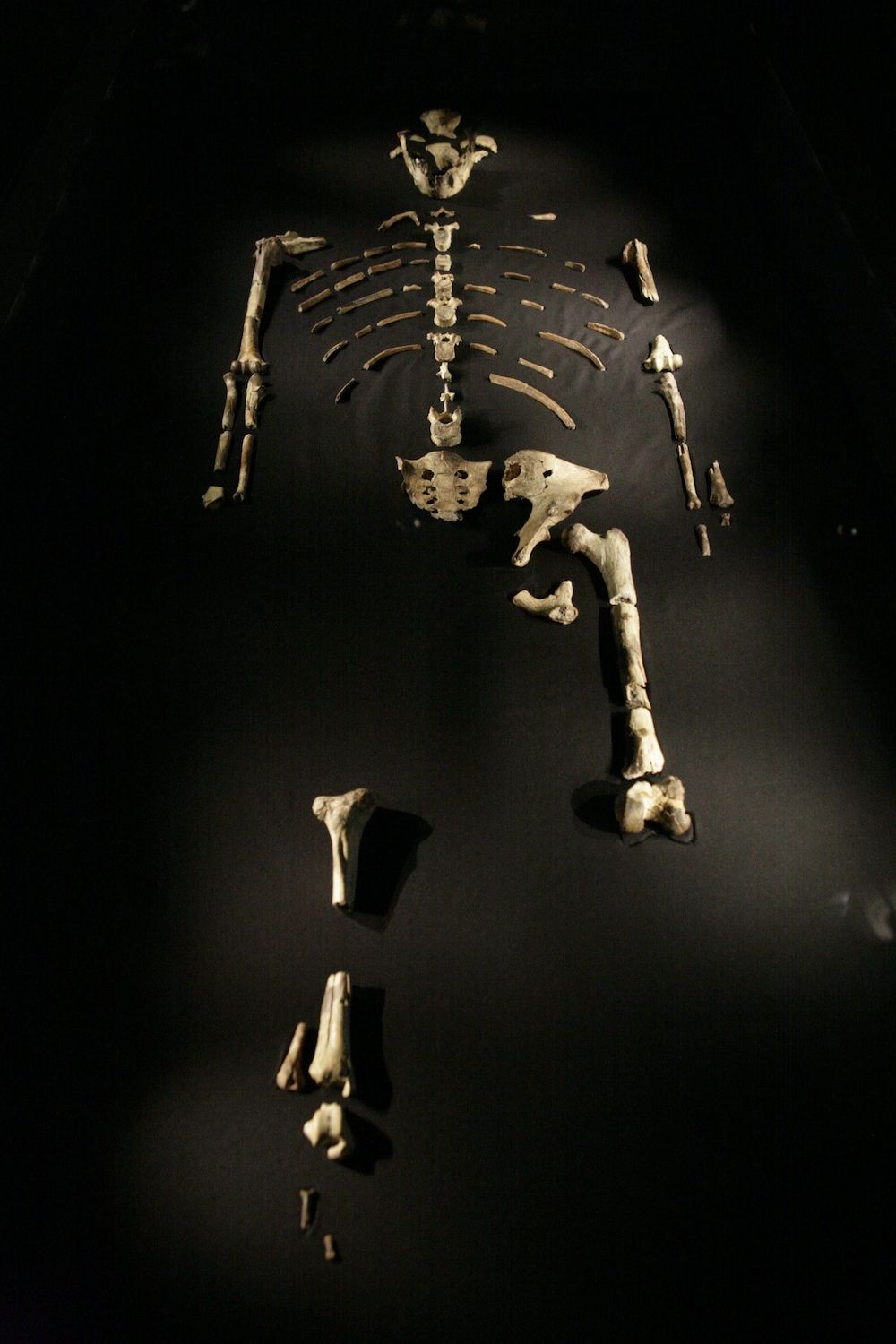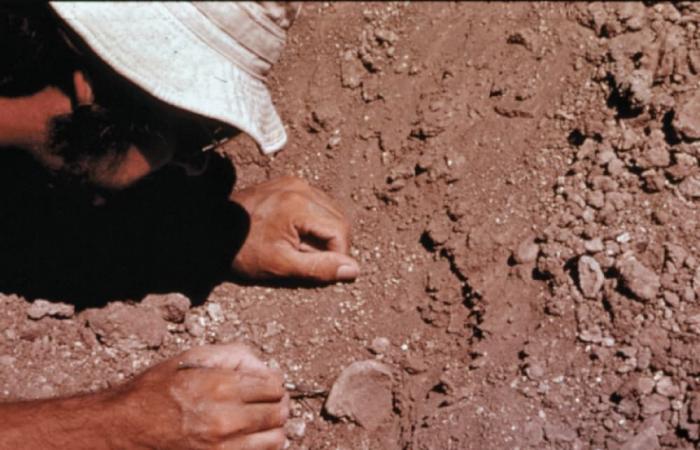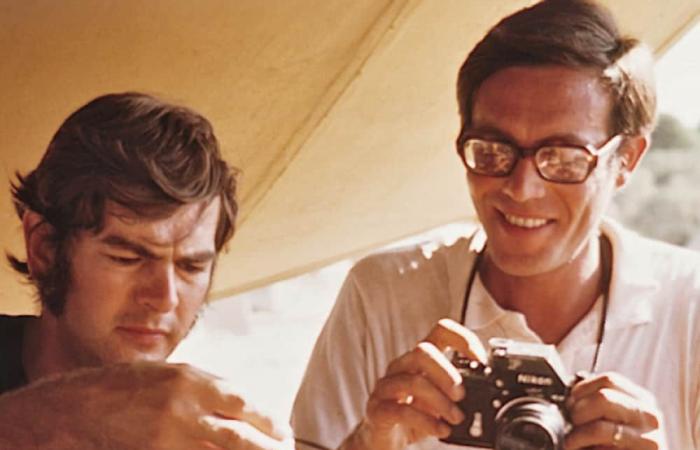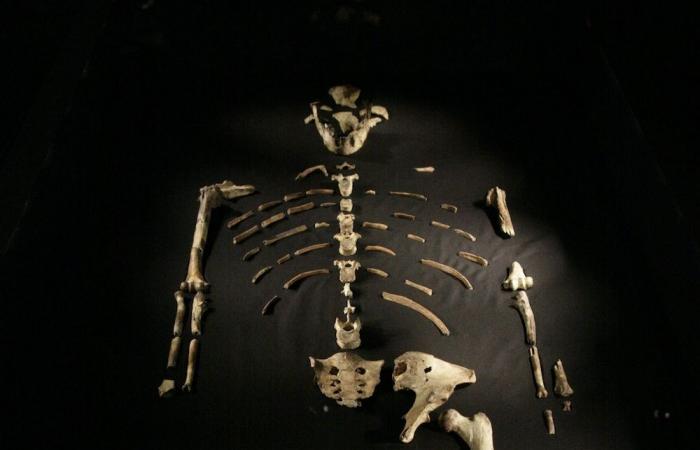It was a hot Sunday, November 24, 1974, in the Afar desert region of northeastern Ethiopia.
The team of paleoanthropologists from the international Afar expedition then excavated the Hadar fossil sites there, discovered a few years earlier by the French geologist Maurice Taieb.
Among them are Americans Donald Johanson and Tom Gray. On these days, the duo is busy mapping a new excavation area. After a long morning of work, the two men decide to take a different route than the usual one to get to their Land Rover which will take them to the camp for lunch.
This change of route allowed Donald Johanson to spot a piece of right proximal humerus ulna (a forearm bone) in an eroding slope not far from their route.
In a few hours, the two men discovered a skull, a femur, some ribs, part of the pelvis and a mandible, the lower part of the jaw.
In the days that followed, the expedition concentrated its research in the area. We also discover phalanges, fragments of carpal bones of the hand and pieces of teeth. The smallest bone in its skeleton, the stapes, which is located in the ear, is also uncovered.
After two weeks of excavations, sifting and sorting, hundreds of pieces of fossilized bones were recovered, including 47 belonging to the same unknown hominin skeleton. By comparison, the human skeleton has more than 206 bones as an adult.
The remains discovered correspond to approximately 40% of the skeleton of the same specimen. Never seen before! Without knowing it at the time, but being very aware of the interest of its discovery, the members of the expedition have just discovered an important piece of the puzzle of the evolution of species.









